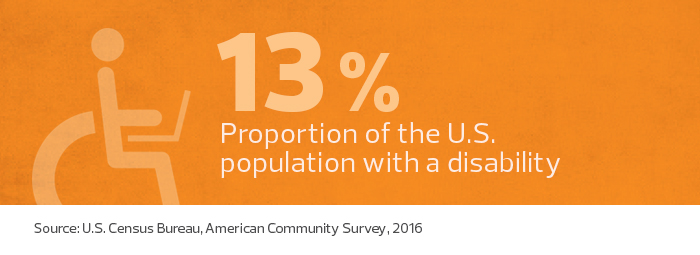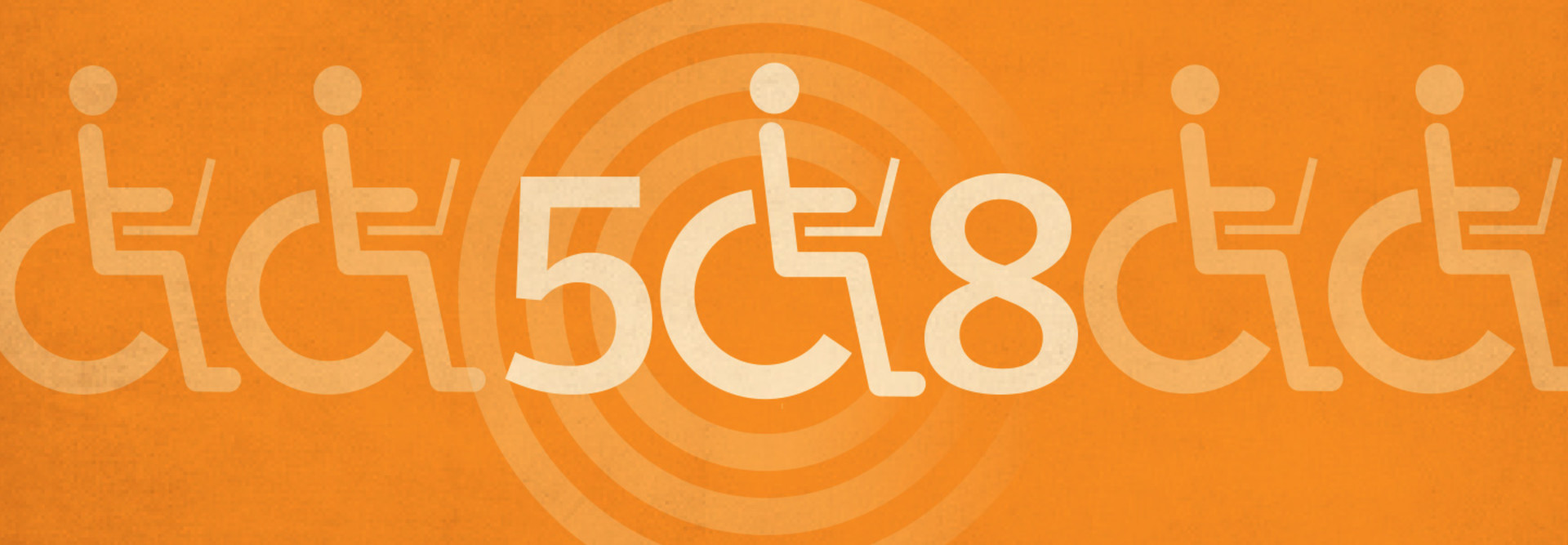How Feds Can Ensure Everyone Can Access Tech Tools
Agencies have been making their IT systems accessible to users with disabilities since 1973, when Section 508 of the Rehabilitation Act made it a requirement. Now IT teams have a new challenge with regard to accessibility.
The U.S. Access Board released a new set of Section 508 requirements in 2017 designed to meet modern accessibility standards. Compliance with those standards became mandatory for federal agencies on Jan. 18. (Legacy technology that complies with the original standard is exempt.)
To meet the new requirements, agencies have to understand them. Here are key considerations that IT teams must deal with as they strive to meet the new Section 508 standards.
SIGN UP: Get more news from the FedTech newsletter in your inbox every two weeks!
How Agencies Can Work with Vendors to Comply with Section 508
Section 508 applies to all information and communication technologies used by federal agencies. That includes hardware and software, phone systems, videoconferencing tools, copiers, printers and similar equipment.
Most of these products are purchased from vendors, generally leaving agencies outside the development and testing loop — but that does not remove the Section 508 accessibility requirements.
The Federal Acquisition Regulation also incorporates Section 508 requirements. Agencies must include accessibility considerations at each of the four stages of the acquisition process:
- Need: Agencies must include Section 508 considerations when defining the requirements for a purchase of information and communications technologies.
- Requirement: Agencies must identify the specific Section 508 requirements that apply when developing product requirements.
- Research: Agencies must assess the availability of technology solutions that meet Section 508 requirements.
- Solicitation: Unless an exception applies, agencies must ensure that the technology solutions they purchase meet Section 508 requirements.
Vendors that commonly deal with government agencies are likely already familiar with the Section 508 requirements. Many offer configuration settings and options for government agencies to meet accessibility standards. Some companies’ websites include a Section 508 page, which lists accessible products and how they comply with the regulations.

Acquisition officials can refer to these voluntary product accessibility template documents, which provide accessibility information in a standard format, as they compare how well competing products comply with Section 508. The General Services Administration’s Section 508 website also contains several checklists for agencies to follow as they determine whether their existing technology complies with the regulations.
DHS Offers Agencies a Trusted Tester Program
Agencies should go beyond simply developing and publishing content and applications that they believe meet accessibility guidelines; they should also test accessibility. The Interagency Trusted Tester Program, created by the Department of Homeland Security, offers one way to meet this requirement.
The Trusted Tester approach provides training and certification to individuals who specialize in the accessibility testing process. Developers from agencies implementing this process are trained on code-based inspection techniques, then become certified as Trusted Testers authorized to certify code and content within their own agencies. This approach ensures that testing occurs in a consistent and effective way both within an agency and across the government.
Agencies Must Modernize Web Accessibility
Because the web is now the most common point of interaction between the federal government and constituents, the new Section 508 requirements have a visible impact on the way agencies develop and maintain web content.
Rather than reinvent the wheel by creating its own web accessibility standards, the Access Board adopted the industry-standard Web Content Accessibility Guidelines version 2.0. Federal websites must conform with WCAG Level AA, which requires that websites address the “most common barriers for disabled users.”
To confirm Level AA compliance, the WCAG guidelines provide specific tests that follow four basic principles of accessibility. The first is that content must be perceivable — every user should be able to perceive the content being presented. For example, red text on a green background would not be perceivable to an individual with red-green color blindness. Similarly, an uncaptioned video would not be perceivable to a hearing-impaired user.

Next, websites must be operable, with interfaces that can be used by individuals with disabilities. A website that requires the use of a mouse pointer, for example, may not be operable by individuals with a physical disability that affects the hands.
Third, websites should be understandable, relying on intuitive content and interfaces that all users can comprehend. For example, a website that is written at a 12th-grade reading level may not be understandable to a user with a cognitive disability.
And finally, websites must be robust, with content viewable through a wide variety of assistive technologies. For example, a website that does not use HTML tags correctly may not be viewable using web browsers designed for the visually impaired.









